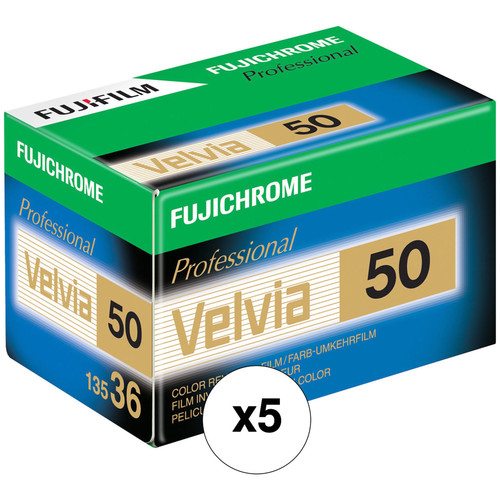Okay, the exposure triangle works as us noobs were taught, just remove the misconception that ISO causes noise. Low light causes noise, and underexposing makes it worse.
ISO has nothing to do with exposure, but other than that, you're right.
The term
applied gain from your ISO setting implies that the gain is applied to the data
after capture. Ergo; the ISO setting is not involved with exposure.
As I have written on here before; the ISO setting (gain) is applied to the data in order to generate a JPEG file and present it as a viewable image.
Correct, ISO has nothing to do with Exposure, people think it does because if they turn up the ISO the picture looks like it's getting better exposure, all it's doing is applying gain..
By the way what the ISO does happens after the picture has been taken,, yeah people think it's like FILM, It's not!!!
the ISO takes place after the picture is taken and then the camera's processing writes the picture to the data card.
basically a DSLR camera is nothing more then a Computer with a lens attached to it..
Some People just don't understand, the Lower the iso you use the better quality your picture will be providing you took the correct exposure and all.
Always a rule use the Lowest ISO number you can use, other wise the higher you turn it up the more noise and the more of your picture information you lose..
the noise your seeing from high ISO , some people think it's the same as Grain on Film, IT'S NOT!! it's garbage and degraded data of your picture, you lose contrast, dynamic range, Color all that, it gets broken up and looks like crap.. Film grain is the old days where you would use a higher ISO / ASA film the chemicals embeded in the film is created that way, and it's not noise and garbage like digital..
Taking pictures with a digital camera is not the same as using film,
Back in the film days i use to shoot slides , FUJIFILM Fujichrome Velvia 50 the ISO i used was 50, i use to get the sharpest pictures using that.
Best i ever used, it was mainly designed for landscape photography, but i did use it for portraits as well..
the color was saturated a bit, but in a good way, and very very sharp, because of the low ISO.
The only drawback to using that was (Light) very unforgiving shooting in low, and even during daylight you still had to be careful doing portraits, you had to use a flash at all times otherwise it would pickup shadows very easy, and ruin your shot, unless you use the fill flash..
just the shade from a subjects jaw or hat the shadows would be very dark because of the LOW ISO.
for portraits i mainly used a 50 M 1.4 Lens, shooting at an aperture higher then 3.5 was difficult with ISO 50


![[No title]](/data/xfmg/thumbnail/36/36667-b3265abf8272f21d759a0abd6a0995c3.jpg?1734169172)







![[No title]](/data/xfmg/thumbnail/38/38261-db20f6f92ee8f0d4c5cf1536e308638b.jpg?1734172147)


